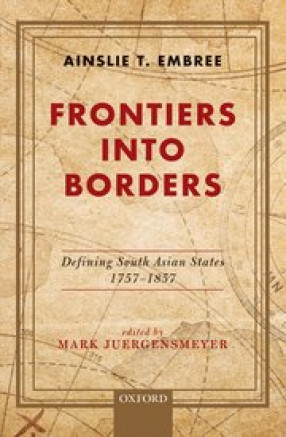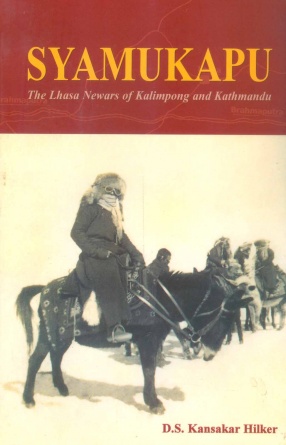Frontiers into Borders: Defining South Asia States, 1757–1857
The contemporary status of the eight South Asian nations was determined by the creation of the British Indian empire and the process of decolonization. This book by the late Ainslie T. Embree is an insightful exploration of how the boundaries of these states were created between 1757 and 1857. During these one hundred years, political and military developments in the Indian subcontinent made a significant impact upon the definition of borders as they (almost) exist today. The narrative begins after Aurangzeb’s death, when vast areas of the Mughal Empire were taken over by regional powers, following which the East India Company swiftly expanded its territory, thus altering the boundaries of the region. Embree explores the meaning of ‘boundaries’ and ‘frontiers’; while the British stressed on ‘natural frontiers’, those shaped by natural landscapes, there was also the French sense of ‘natural borders’, which represented state borders reflecting social composition. Artfully written, with a careful examination of archival materials from England and India, this book reveals the colonial and local interests at work while modern states were carved into being.
Get it now and save 10%
BECOME A MEMBER








Bibliographic information
Mark Juergensmeyer